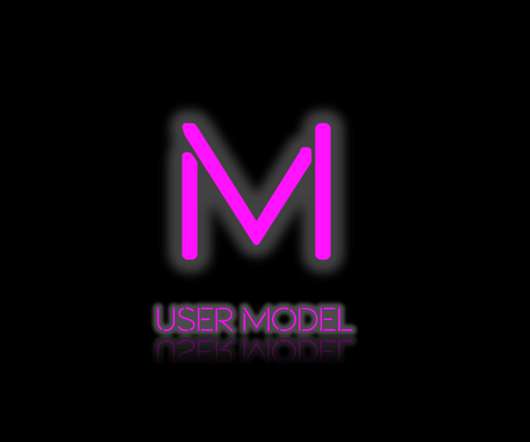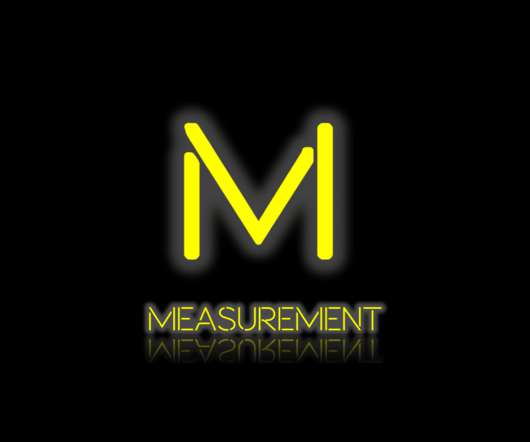User Model: What SaaS platform builders need to know to prepare for growth, Part 1
CloudGeometry
JANUARY 15, 2022
Put another way, the user model describes the “who” of what your software does. The simplifying power of the MVC software design pattern makes it tempting to assume that SaaS and web application development is no more than a web-based version of a 3-tier stack. Onboarding in SaaS is an end-to-end process.













Let's personalize your content